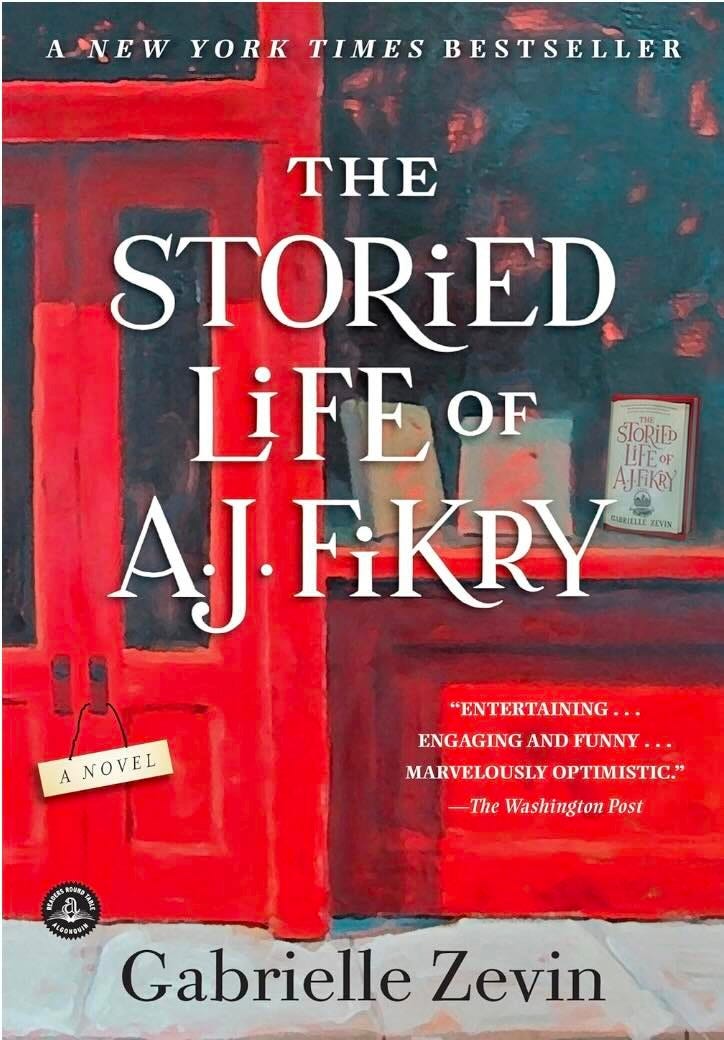January’s theme read is “Starting Again,” a fitting way to kick off a new year.
Why a Theme Read?
I’m starting a “theme read” for three reasons.
First, I’d like to read more broadly in 2025. I gravitate toward contemporary, realistic fiction, but there is so much more out there. Imagine what I can learn from expanding my perspectives on theme, genre, voice and experimentation!
Second, for several years now, I’ve been reading books I’d like to study. Mostly, I’m interested in craft techniques: the way a writer conveys a point, the words s/he uses in narration, how the prose makes a reader feel and how it integrates her into the story. It makes for slower but richer and deeper reading.
Third, this could be a way to build a reading community. I love discussing texts with others because we all interpret story differently. As with diversity in reading material, I’d like to understand diverse perspectives and analyses. AND, our community can offer each other recommendations, expose us to new writers, new narrative styles and new ideas.
And it seems the Universe really wants me to read The Storied Life of A.J. Fikry by Gabrielle Zevin this month. Several of the book lists to which I subscribe include this novel on their lists for “heartwarming reads,” or “good stories to renew your faith in humanity,” or “lighthearted novels to get you through dark winters and/or family holidays.”
The last novel I read, “Happiness Falls,” by Angie Kim, had a blurb on the cover by Gabrielle Zevin, which I only noticed when I finished reading it. Then, while flying to California ahead of the holidays, my seatmate was reading The Storied Life of A.J. Fikry in hardcover. I resisted the urge to ask her opinion, as I hate to be unduly influenced - everyone’s reading tastes are unique - but when we landed, I added it to my TBR list.
Since this is the first theme read, it may be a bit experimental. Let’s try some things and see what works. I’ll propose some questions to consider as we read the text. I like to paste a sticky note to the inside cover of a book as a reminder of these questions. That way, I can mark passages that evidence these craft strategies and offer examples of how the author executed this narrative tactic.
Here are the questions for this month:
How do these characters engage with the world / people around them?
Where and how does Zevin define beginnings and endings?
In what ways does Zevin give evidence of Fikry’s transformation? How does the reader know what’s happening?
What tactics does Zevin use to show us emotion?
What kinds of metaphors does Zevin use? What is their purpose?
How does Zevin render character and place?
If you’d like to join me in this theme read, grab a copy of The Storied Life of A.J. Fikry and meet me here on January 30 to discuss.
And, be thinking about recommendations for the February read, which is, you may expect: Romance. It can be any kind of romance or story of love. For craft, I’d like to study the ways in which relationships are portrayed in words and how readers are brought into the nuances of these partnerships.
I look forward to hearing your thoughts!




